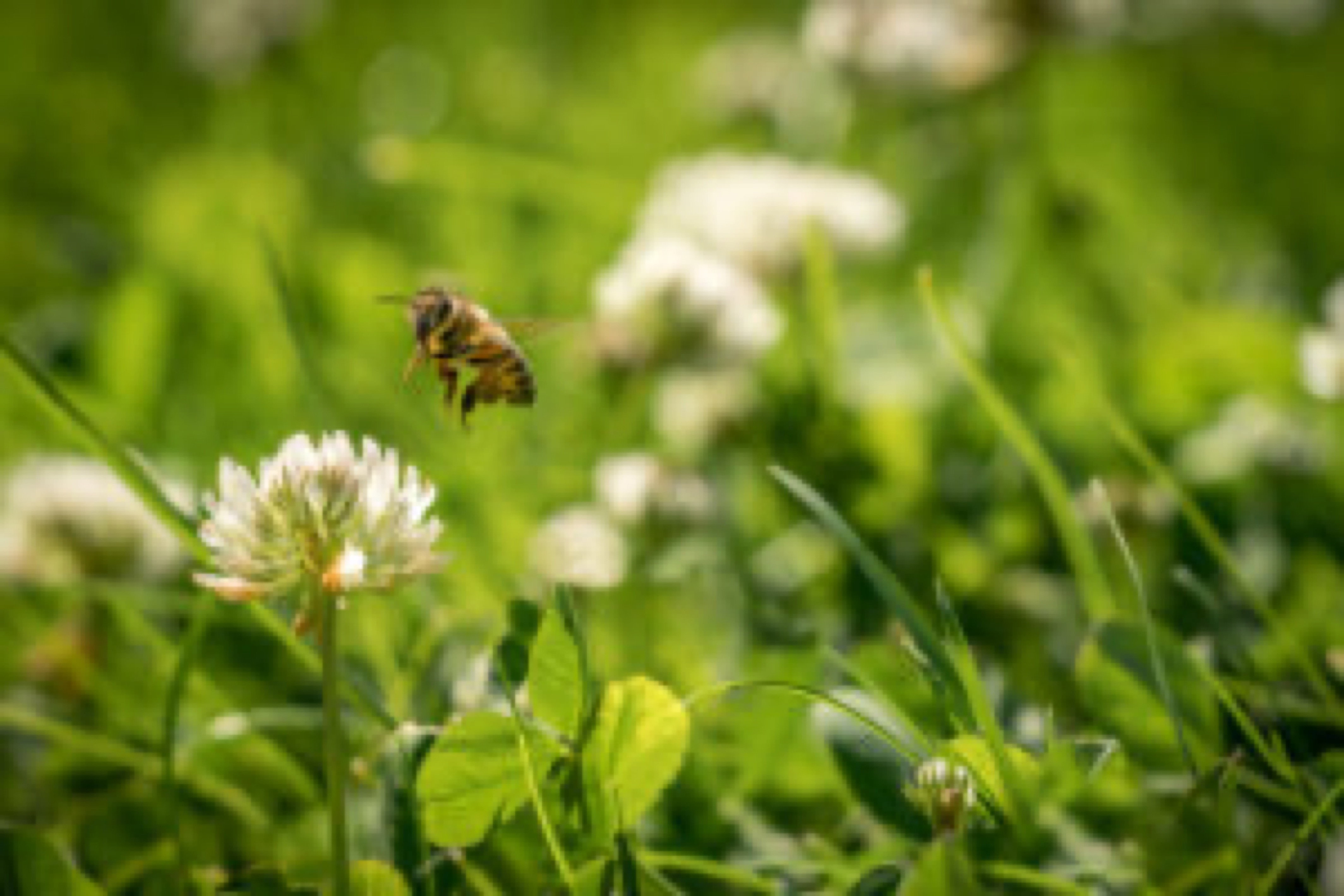Why did Clover in Lawns Go out of Fashion?
There are not many gardeners around who would remember what it was like to garden in the 1930s but the important fact to know is that lawns before World War 2 were usually a mix of grass and clover.
It was only in the 1950s that herbicide companies mounted a major advertising campaign. This was to convince homeowners and keen gardeners that the clover in their grass lawns was a weed!
This was done purely to sell their new herbicides which of course would kill clover - but not grass.
An early example of the power of advertising and marketing
Clover was in fact considered so essential for lawns back in the day that it was a standard, even necessary, component in lawn seed mixes. You could not find a lawn seed mix without it!
About 60 years ago, a war began on broad leaf plants. And the ones who waged this war were the gardening and agricultural chemical companies, the very same companies who create the herbicides we use today.
The good news is that it is not too late to dump the chemicals - and reintroduce a springy, soft, green carpet of clover back into your lawn. It’s cushy to the feet, aids in both weed control and erosion control while those white flower heads are very attractive to honey bees.
The benefits of having clover in your lawn
Clover enriches your soil with nitrogen so you don't need to add yet another chemical.
- Clover in flower is brilliant for the bees.
- Clover stays green during times of drought.
- Clovers are a beneficial addition to turf grass because they fix atmospheric nitrogen into soil fertilizer, with the aid of root nodules and colonies of symbiotic bacteria.
- Clover also draws up and accumulates trace minerals. When clover decomposes, it makes the minerals available to the lawn grass and soil life. The grass becomes more disease resistant because of the health benefits of clover.
- Making friends with clover means reducing the use of fertilizers, herbicides and any chemicals one might use to keep disease at bay. As well as saving gardeners money, including clover makes your lawn much better for the environment than grass-only lawns.
- Including clover in a lawn can eliminate the need for synthetic fertilizer, which then reduces nutrient runoff into local streams and aquatic habitat - it can also reduce erosion.
- Clovers (although they are also broad-leaved) are exceptionally good at crowding out other broad leaf plants such as dandelions, daisies and other plants that commonly populate lawns.
- White clover can withstand foot traffic, but will do so better mixed with grass. Clover will stay green all summer long.
What is clover?
Clovers (Trifolium repens) have for centuries been domesticated ground cover plants or livestock forage plants. Clover is a legume, in the same plant family (legumes) containing peas, beans and peanuts. Its common names include white clover, white Dutch clover, Dutch clover and ladino clover.
While it is native to the Mediterranean, it was introduced into the United States early in the colonial days. By 1747, it was common enough that Benjamin Franklin noted red clover’s value in improving pastures.
Red clover (Trifolium pratense) is white clover's bushier cousin. Today, in North America, clover happily grows from Canada to Texas, from Florida to Alaska.
How to encourage clover back to your lawn?
- White clover is best sown early in the season (late March-April) with late summer and September being second-best.
- Clover plants like cool, fertile soil with adequate soil moisture. Its root system rarely goes more than two feet deep, making it ideal for relatively shallow topsoil.
- White clover seed comes in many varieties and is readily available by mail order or from local gardening stores.
- Instructions include mowing the existing lawn short and raking out any thatch buildup so that the small clover seed has contact with the soil. Mix the tiny clover seed with sand, compost or soil to aid dispersal. One to two ounces of clover seed is needed for every one thousand square feet of lawn.






